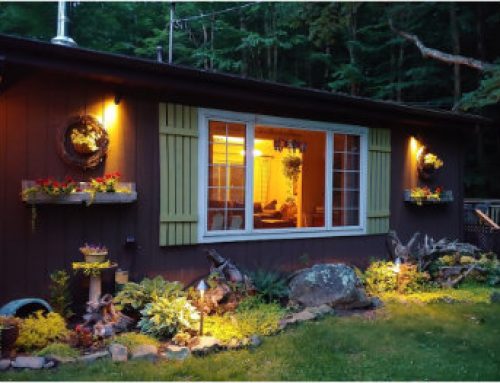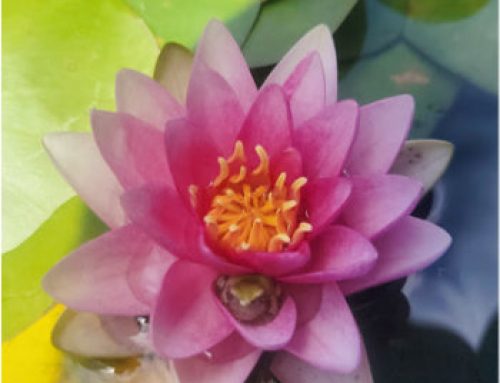
1. If you live in an area with long periods of cold weather AND HAVE FISH IN YOUR POND, you should strongly consider adding a pond de-icer. This unit heats the water within its surrounding area just enough to keep the water from freezing. It is only necessary to run this device when the outside temperatures are below freezing. Keeping a hole in the ice when your pond is freezing prevents toxic gasses from being trapped in the water and harming your fish.
2. If you have fish you may also consider adding a pond aerator. This device will oxygenate the water and coupled with the de-icer will allow for proper gas exchange, keeping your fish from being poisoned from trapped toxic gas. BE SURE TO PLACE THE BUBBLE AWAY FROM THE DE-ICER, the movement of the water from the aerator bubbles can move heated water away from the de-icer forcing is to work harder.
3. When the water temperature falls to or below 50 degrees F, it’s time to stop feeding your fish. Continuing to regularly feed them could create health problems. This is due to their slow down the digestive system during the cold months.
4. Leaving too much organic matter in your pond can lead to brown water. To prevent this use a net to scoop out leaves and debris. You could also prevent this by adding a large net to cover the pond. This will help keep large amounts of leaves from falling in the pond. Once all the trees around your pond a bare of leaves you can remove the net.
5. Add cold water Beneficial bacteria to your pond regularly. This product is specially formulated to perform in cold water and helps to break down organic matter such as leaves and other debris
6. Prune back dying leaves from your aquatic plants.
7. Stop fertilizing plants when the weather begins to cool, this will let the plants know the season is coming to an end.
8. If you do not net your pond it’s likely best to empty out the skimmer basket of your pond every day as it will likely become full of leaves. Some leaves will sink to the bottom of your pond, try to net as many out as you can.
9. If you choose to shut down your pond for the winter first unplug your pump and remove it from the water. You should store the pump in a frost-free location with the pump submerged in a bucket of water to prevent the seals from drying out.
10. If you choose to leave your waterfall running, this may require a small amount of maintenance. The main thing to watch for is that an ice dam does not form during freezing temperatures. These ice dams could cause water to run out of the pond causing your feature to lose water. However, the extra effort during the cold months will reward you with very beautiful ice formations around your falls and stream beds.



